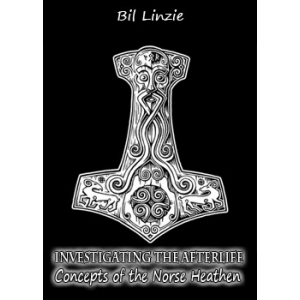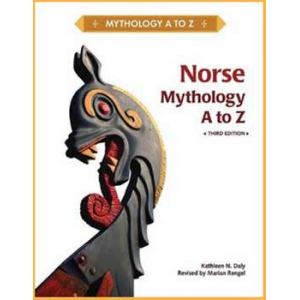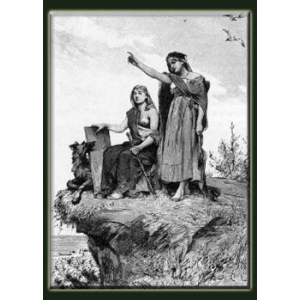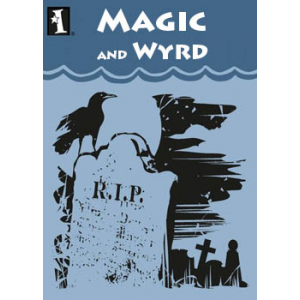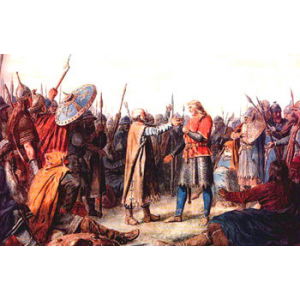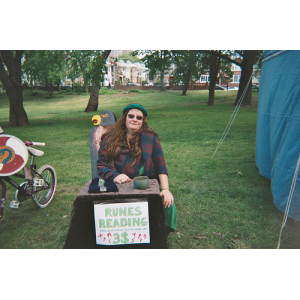 The Runes are, at their most basic level, as described below. However, just as you are a unique individual, their relationships with you are also unique. If you wish to explore these relationships and how you interact with each Rune, then you must explore the Runes, one at a time, and have no regard for other people's explanations.
The Runes are, at their most basic level, as described below. However, just as you are a unique individual, their relationships with you are also unique. If you wish to explore these relationships and how you interact with each Rune, then you must explore the Runes, one at a time, and have no regard for other people's explanations.
I have found that the best time for this exploration is just before bedtime. You might get a dream that helps, or you might wake up the next morning with a better understanding.
I suggest that you look at the pictogram of a Rune, and consider what it represents to you. For example, does Fehu look like cattle, or does it look like something quite different? What does Ansuz represent to you? Does Uruz look like a big bull; if not then what does it look like? Look at each Rune and decide what it represents to you. You may decide that several of the Runes look like nothing at all to you. That's ok, they're probably not for you to understand at this stage of your development. They may come to you later.
Look at the Runes one at a time and see the energy of each Rune. What is it doing? Is it doing nothing, as might be the case with Isa, or is it sucking energy into itself (like a black hole) as might be the case with Isa? What is Thurisaz doing with its energy? Is it shooting it out all the time, or is it storing it up, waiting to shoot it out when necessary. Is Uruz pulling energy out of the earth, and immediately returning this energy to the earth? (like a cow) or is energy coming through its archway from somewhere to you?
How do you feel about these energies, are they life giving warm or cold dangerous or just plain there? Now look at the individual energies of the Runes. What colour are these energies? Do they appear as a steady stream or do they pulse or vibrate, or are they waves of energy? No matter how foolish or strange you think your discoveries are they are relevant to you alone, so keep a written record of what you find. This is important.
Look for a Rune that you are comfortable with, like or maybe even love. Explore this Rune deeply. This Rune is very important to you, and you should carry it with you always. The energy of this Rune is very much in tune with your energy, or your need for that energy. This favourite Rune has a great deal to do with your Wyrd and how it unfolds.
Books in PDF format to read:
Anthony Arndt - Asatru The Northern WayBernard King - Meanings Of The Runes
Samael Aun Weor - Magic Runes
Karl Hans Welz - Armanen Runes
Reeves Hall - Asatru In Brief
